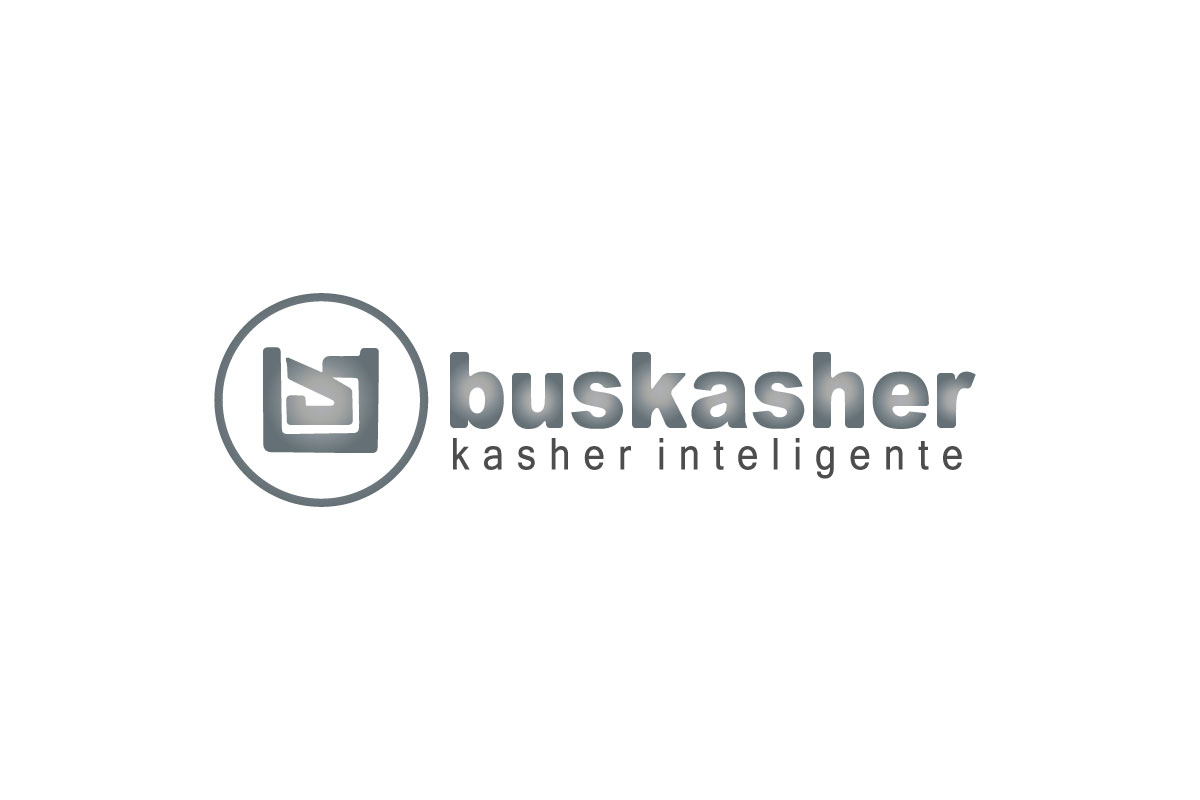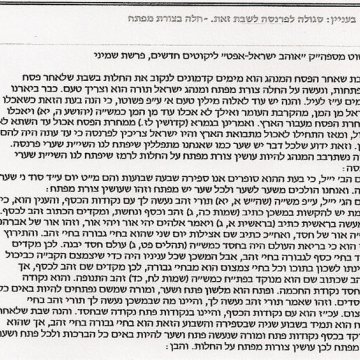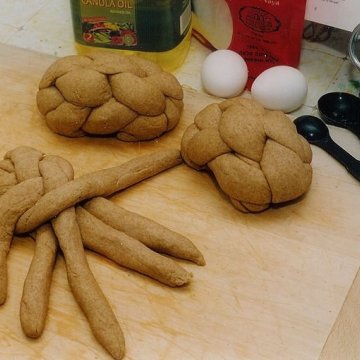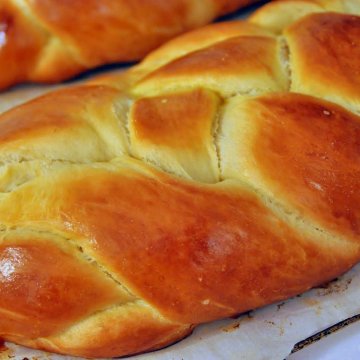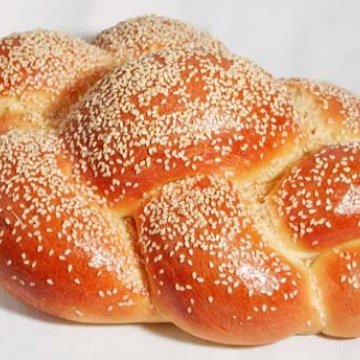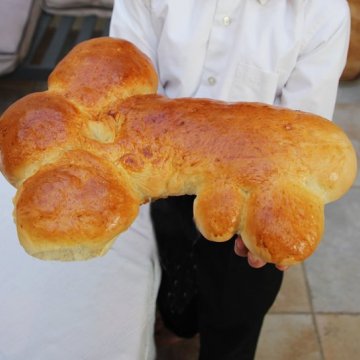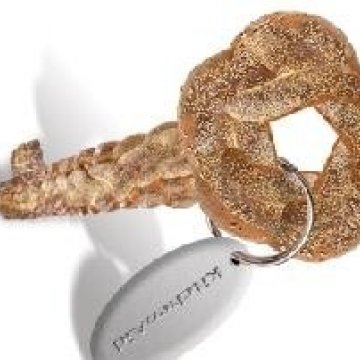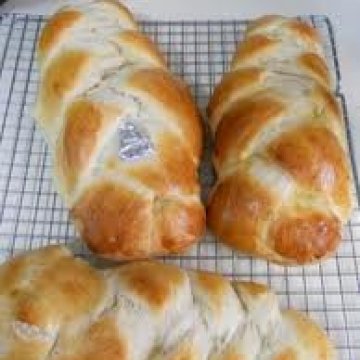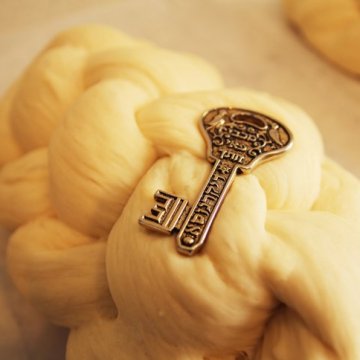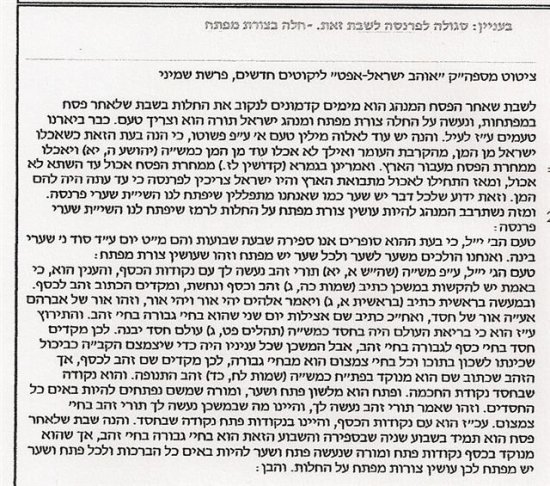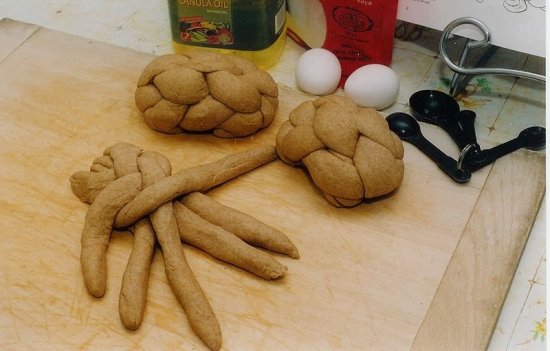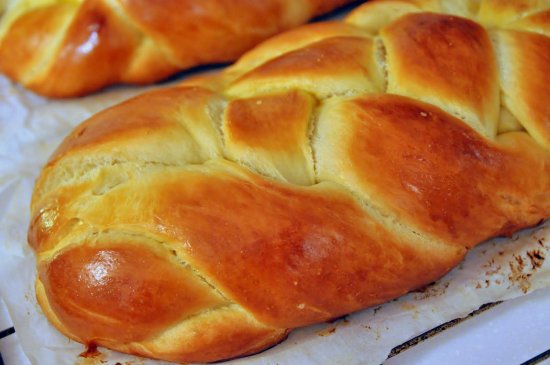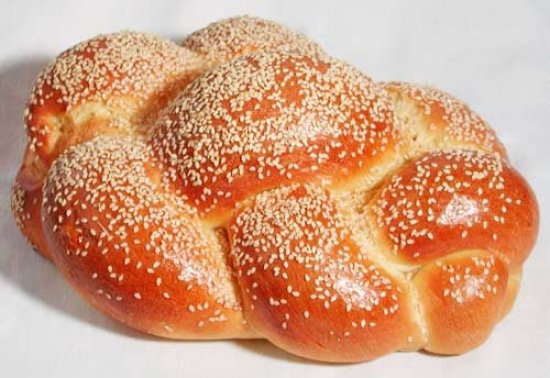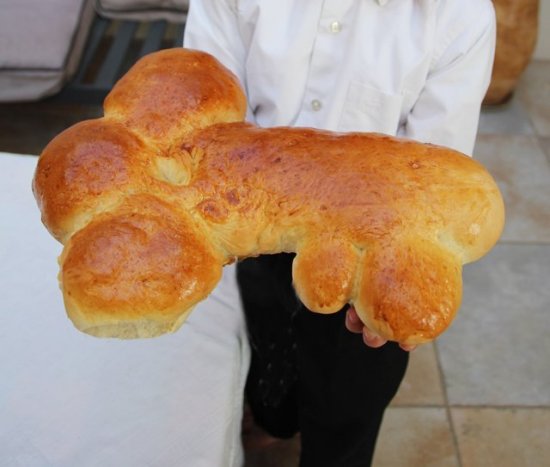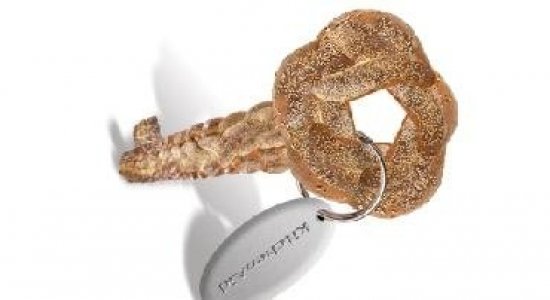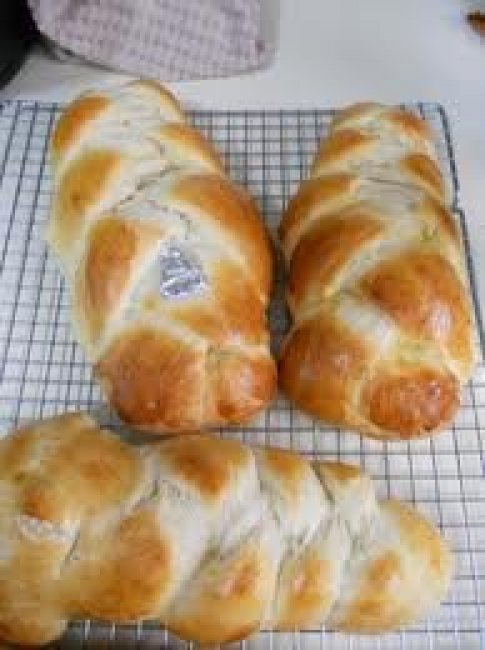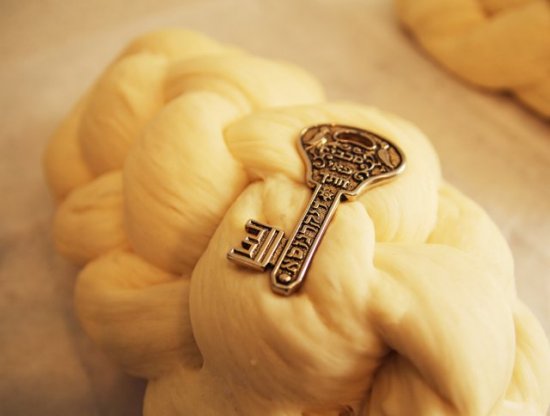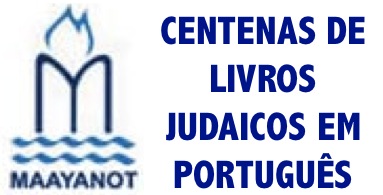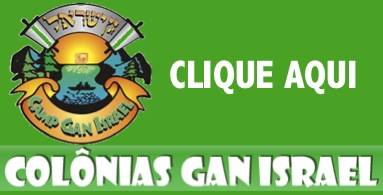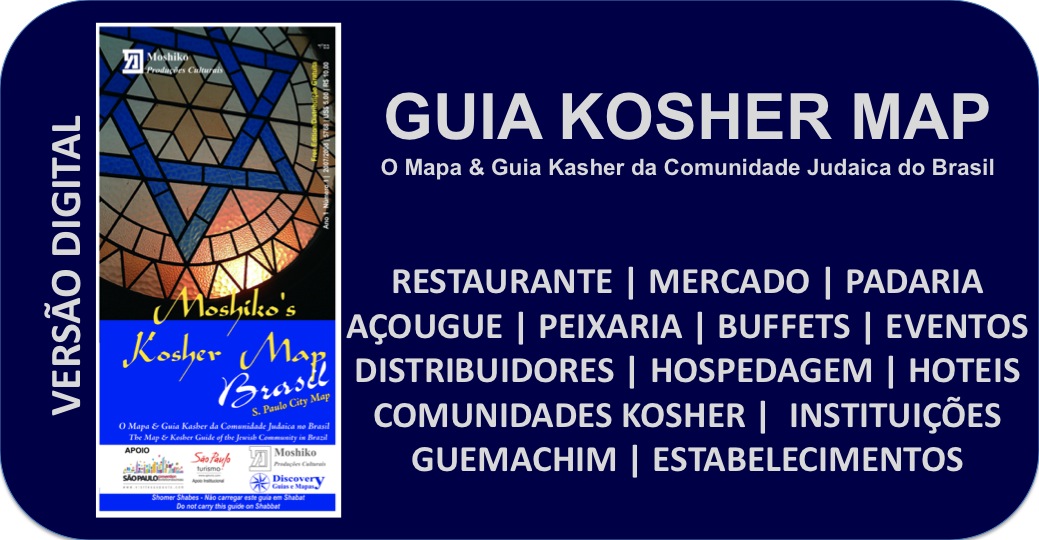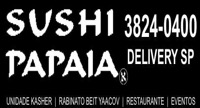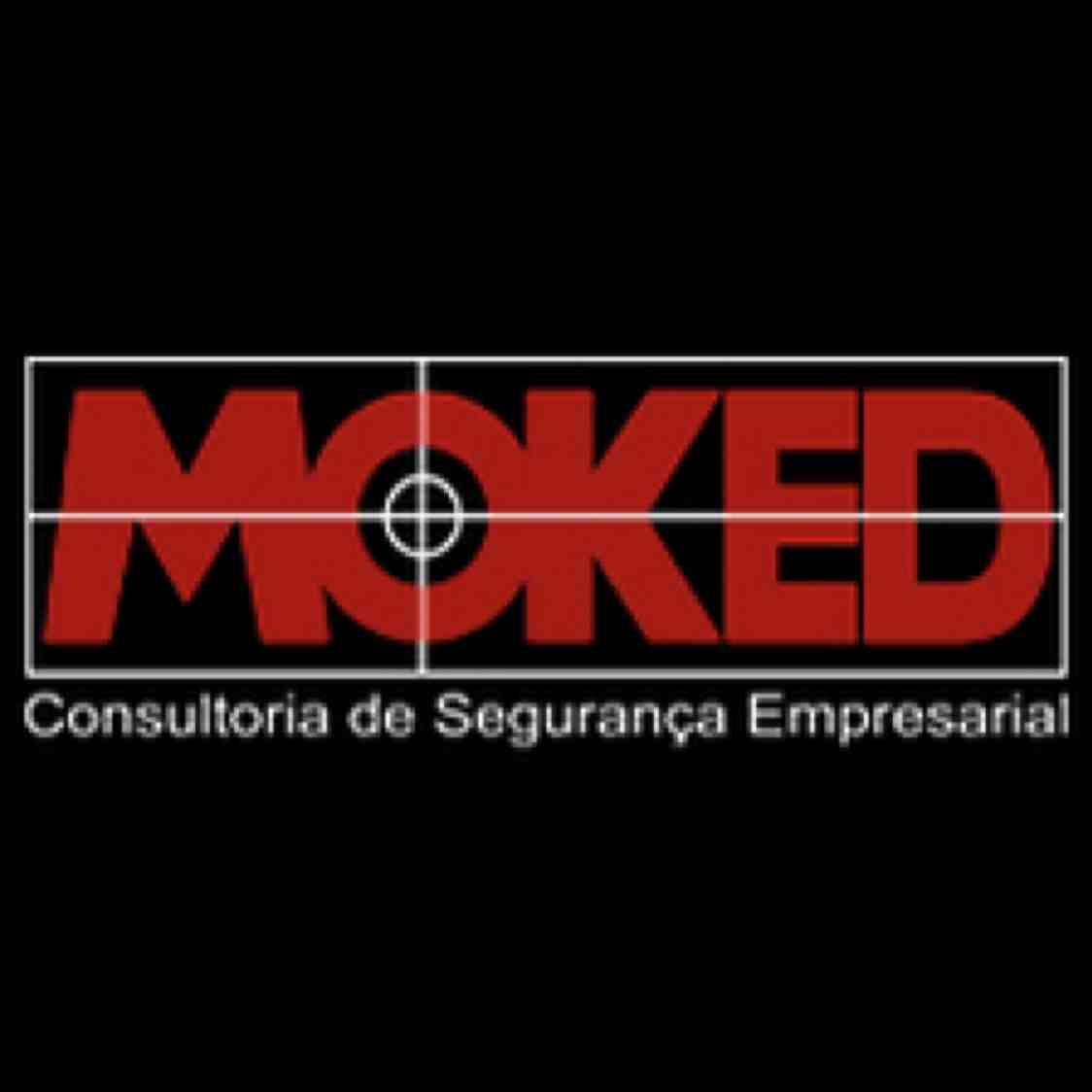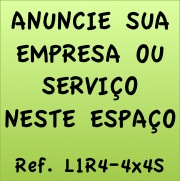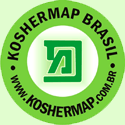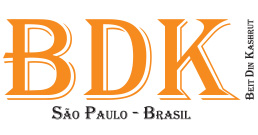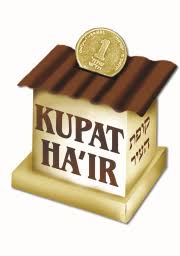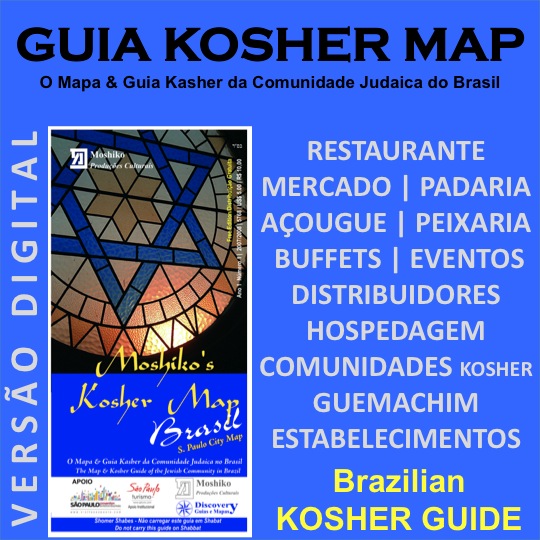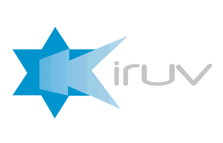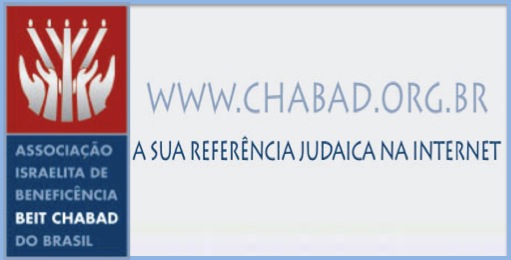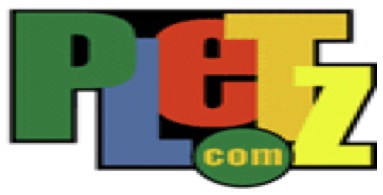| Martes 25 de noviembre de 2025 • 5 Kislev 5786 • ה' כסלו ה' תשפ"ו |
NESTE SHABAT (06 de Maio): Shlissel Chale - O Costume Judaico de Assar Chalá em Formato de Chave

Tradição Judaica anual no primeiro Shabat após Pessach de assar Chalá especial em formato de Chave ou Chalá normal com uma chave dentro de sua massa em pedido para que D-us abra as portas do sustento e fartura. [Confira o material adicional]...
Uma antiga tradição Judaica, Segulá (simpatia Judaica) de Parnassá (Sustento), para o primeiro Shabat Após Pêssach, Shabat Mevarchim em que se abençoa a entrada do novo mês de Iyar...
.. Assar "Shlissel Chale" ou Chalá em formato de Chave ou Chalá com o formato de chave em seu tipo ou Chalá com chaves de portas dentro da chalá (que após esterelizada por higiene e/ou pode ser envolta em papel aluminio).
Esta tradição tem diversos motivos e simbologias e todas remetem a um sinal simbólico de pedido a Hashem para que abra as portas da Parnassá para a familia e para os que necessitam.
Em 2016 o Shabat pós Pessach acontece em Shabat Mevarchim 06 e 07 de Maio.
---
Confira no link a receita para uma deliciosa Chalá e abaixo um texto em Hebraico explicando sobre a tradição [Em breve mais receitas]...
* RECEITA CHALÁ DOCE E SALGADA > http://www.koshermap.com.br/pt/view-7027/receita-especial-de-chala-doce-e-salgada-para-shabat-e-yom-tov.html
* RECEITA CHALÁ DOCE ESTILO ROSH HASHANÁ > http://www.koshermap.com.br/pt/view-5809/receita-de-chala-com-passas-redonda-para-rosh-hashana.html
--
Schlissel challah
For the Shabbat Mevarchim preceding Rosh Chodesh Iyar — i.e., the first Shabbat after the end of the Jewish holiday of Passover — there is a custom of baking schlissel challah ("key challah") as a segula (propitious sign) for parnassa (livelihood). Some make an impression of a key on top of the challah before baking; some place a key-shaped piece of dough on top of the challah before baking; and some bake an actual key inside the challah.
The earliest written source for this custom is the sefer Ohev Yisrael by Rabbi Avraham Yehoshua Heshel, the Apter Rav. He calls schlissel challah "an ancient custom," and also offers several kabbalistic interpretations. He also writes that after spending forty years in the desert, the Israelites continued to eat the manna until they brought the Omer offering on the second day of Passover. From that day on, they no longer ate manna, but food that had grown in the Land of Israel. Since they now had to start worrying about their sustenance rather than having it handed to them each morning, the key on the challah is a form of prayer to God to open up the gates of livelihood.
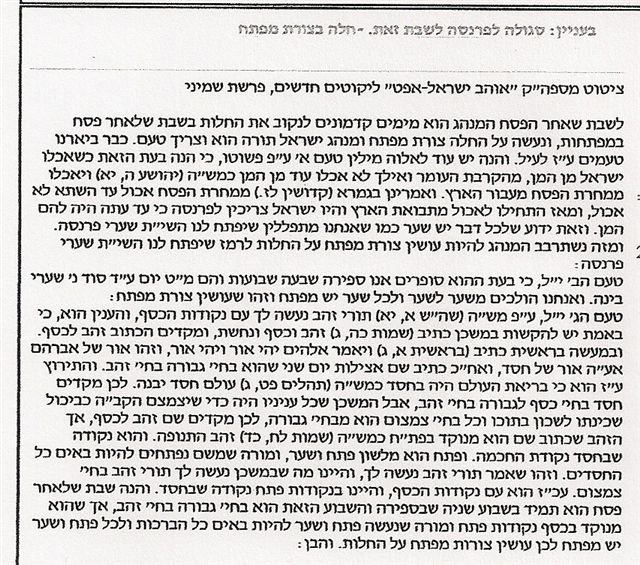
Comentarios
Recomendar esto a un amigo
